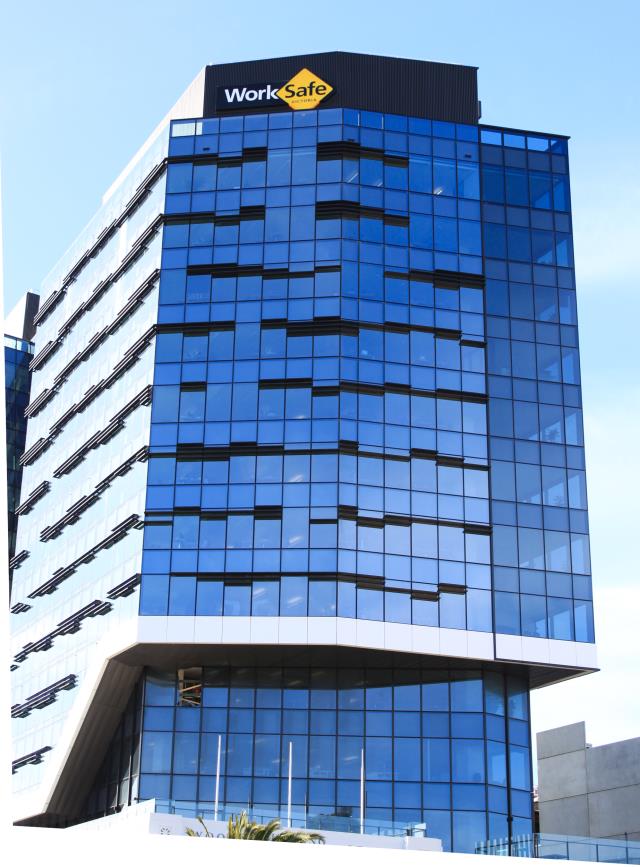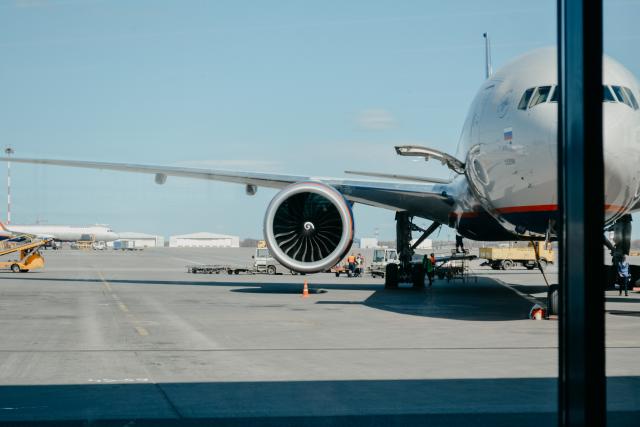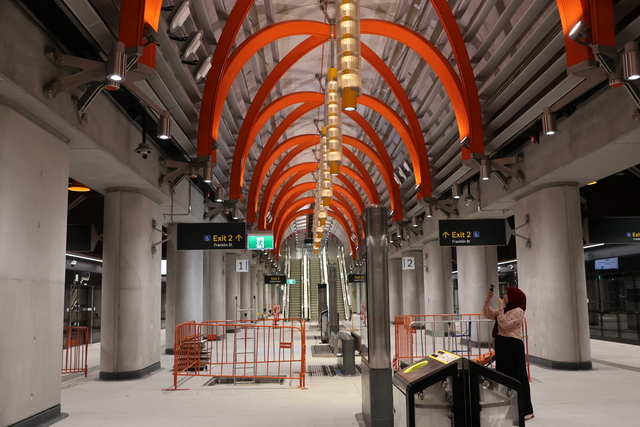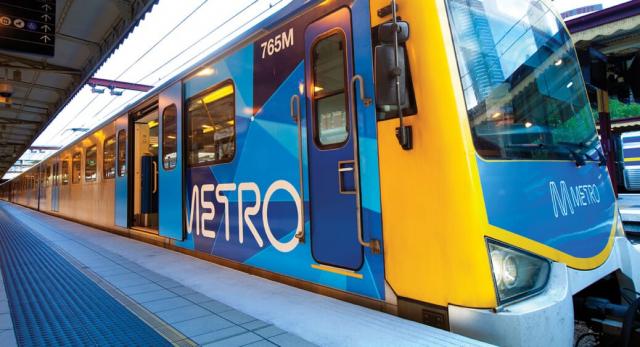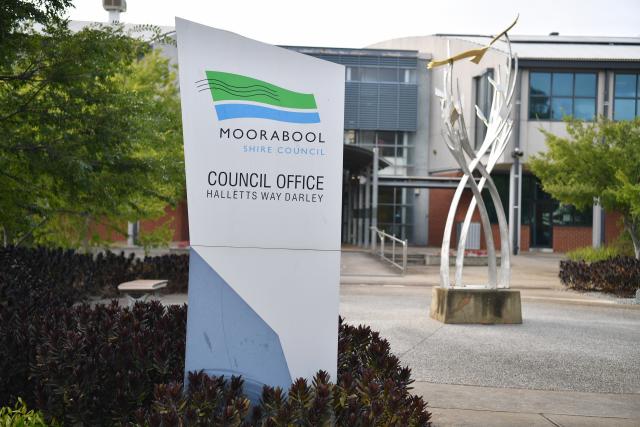Outer-west commuters are being forced to stand all the way to Southern Cross station on packed early-morning V/Line trains as the state government is accused of taking too long to deliver improved services.
Passenger John Kowarsky said $17.7 million works promised for Ballan station in 2010 were now desperately needed.
WHAT’S YOUR EXPERIENCE? Post a comment below
The government said the works, including a 160-metre platform and safe pedestrian crossing, would improve train punctuality.
Mr Kowarsky, who said Melbourne-bound trains were close to full after leaving Ballarat, echoed the Public Transport Users Association’s calls for better services on the Ballarat line.
As reported by the Weekly, patronage on the Ballarat line increased 71 per cent in the five years to 2013.
“I have no issue with the schedule or with lateness, but I think the number of carriages needs to be extended,” Mr Kowarsky said.
“We need more frequent services or more carriages.”
PTUA president Tony Morton said duplication of the Ballarat line and extra trains were needed.
“The fact that it’s still a single line service limits its ability to cater to the commuter numbers,” he said.
After visiting Ballan station in late March, opposition transport spokeswoman Jill Hennessy and Ballarat East Labor MP Geoff Howard said the government was not doing enough to improve regional services.
“People in Ballan want a government that … understands that the current service is overcrowded and unreliable,” Mr Howard said.
Ms Hennessy called on the government to deliver the “long overdue” works allocated in the 2011 state budget.
But Transport Minister Terry Mulder’s spokeswoman accused the opposition of misleading commuters about public transport funding. “The funds provided in the 2011 budget were for developing and planning a series of public transport infrastructure improvements,” she said.
The spokeswoman said the proposed works included a crossing loop for Ballan station.
She said the funding provided was for the first part of the initiative, with more money to be allocated in a future budget.



